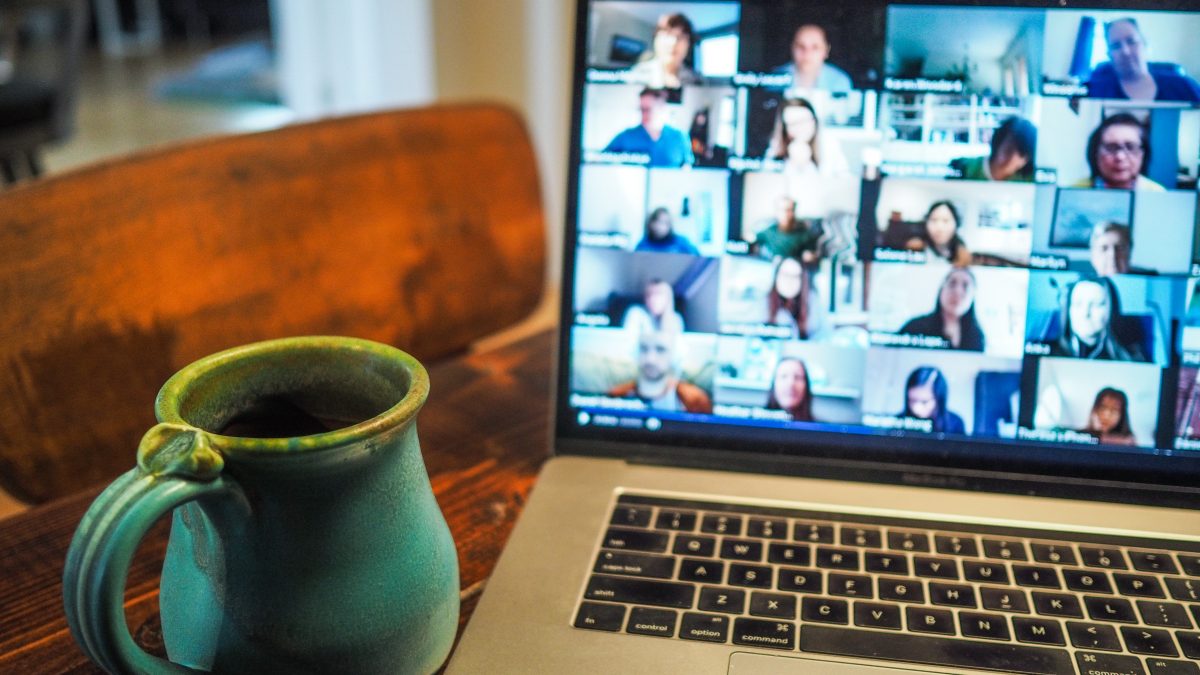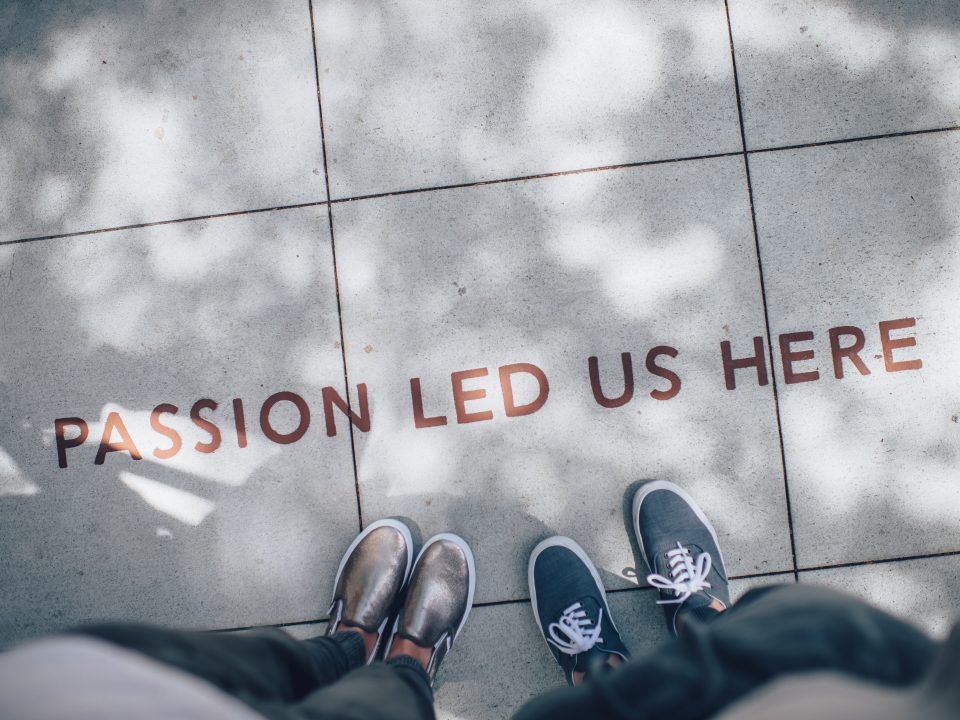The unspoken limit of online education.

Working across differences? You need Optimism.
23. October 2019The unspoken limit of online education.

Definitions matters, one of my university professors of pedagogy used to tell us. I was in my early twenties with limited teaching experience and I deeply disagreed with him as I believed that definitions were meaningless and boring statements far from the real life of an educator. My young arrogance did not allow me to see that those definitions were coming from an extensive experience, deep knowledge of the subject and from the rich wisdom of generations before.
When unexpected events happen, significant shifts in society occur as people try to accommodate to a new reality. The ongoing coronavirus pandemic is one of those drivers of societal changes and education is among those areas where we witness a major experiment as we move all the learning activities online and to a virtual learning space. Schools, training companies, freelance educators and coaches share their excitement of adjusting quick and smooth to the requirements of physical distancing and of exploring all the benefits of distant learning. In fact, the enthusiasm is so high that many organizations consider making virtual learning the new educational standard while losing sight from what they want to achieve through educating their people. The decision if to educate virtually, face-to-face or combination of both needs to go hand in hand with answers to questions such as Do we just want to build awareness about certain topic? Do we want to shape our people’s values, attitudes and beliefs? Or do we need to see changes in our people’s behavior?
Virtual learning is not new. During the 2008 global financial crisis, many experts predicted that massive open online courses (MOOCs) and virtual learning would kill the traditional face-to-face education, just as digitalization and automation killed many jobs. Multiple studies explain why this did not happen and why face-to-face education is still preferred among many learners. One significant reason is rarely being discussed – the role of biology and neuropsychology in the process of acquiring new information and developing new habits or behaviors.
Human brain has evolved to process multisensory signals. We take in information through seeing, hearing, smelling, tasting and touching. We rarely process an information with one sense only. All our senses work together to give us a deeper and more complex understanding of our experiences. Our eyes can analyze more complex data than our nose and they engage in the abstract thinking. Smell on the other hand, while offering rather simple data, is far more emotionally and sensually satisfying and it evokes much deeper memories than either vision or sound. When we use sayings such as “Love is in the air”, “I smell trouble or danger in the air”, “I smell tension in this room”, we do not realize how much truth is in there. One of the most highly acclaimed cultural anthropologists, Edward T. Hall, interviewed back in the 60’s of the last century a group of psychoanalysts and skillful therapists who proved to clearly distinguish the smell of anger in patients at a distance of 180 cm (6 feet) or more.
Virtual learning as we know it today is designed to process information through what we hear (and what the technical equipment allows us to hear) and what we see (and what the small screen of our devices allows us to see). Building new habits, developing new skills or creating behavioral changes require experimental learning where learners can move around the space, see non-verbal communication of people around, touch objects or other learners, “smell” the emotions in the room, and stimulate all their senses. Since this is not possible in virtual space, learners need to compensate using their sight and hearing only which might lead to a fatigue from virtual communication. This has been recently well described in one BBC interview with an INSEAD professor.
Every year, I take part in a fascinating leadership development program of one of my clients who is a global multinational financial institution headquartered in Switzerland. As a team coach, I work with a specific cross-cultural team of high potential professionals who are asked to solve a real business challenge. Since they are located in various countries, we communicate virtually. But twice during the whole leadership development program we all gather in the same location. And when the program comes to its end, we evaluate the whole experience and analyze what contributed most to the team collaboration and to the successful completion of the project. Year by year, I hear the same feedback “Virtual meetings are absolutely necessary since we are spread across the globe. But when we met in person some magic happened, and we saw a major progress in our project.”
That magic is perfectly captured in one of the definitions I learned from my university professor. Education is the process of facilitating a multisensory learning with the goal of acquiring new knowledge, creating one’s values and beliefs, building new habits, and developing new skills and behaviors. These goals are achieved in a shared physical space through self-reflection, interaction between the educator and the learners, and through interaction between the learners. When I discuss with my clients what is the best approach to their organizational learning goals, I keep definitions in mind. I am more humble in face of definitions than I was 20 years ago. There is lot of wisdom in there. Definitions matter.



